Are you feeling overwhelmed by the thought of filing your estate tax return? You're not alone; navigating the intricacies of estate taxes can be daunting for many individuals. In this article, we'll break down the essential steps and provide clear guidance to make the process easier for you. So, grab a cup of coffee and let's dive into the details to simplify your estate tax return filing journey!
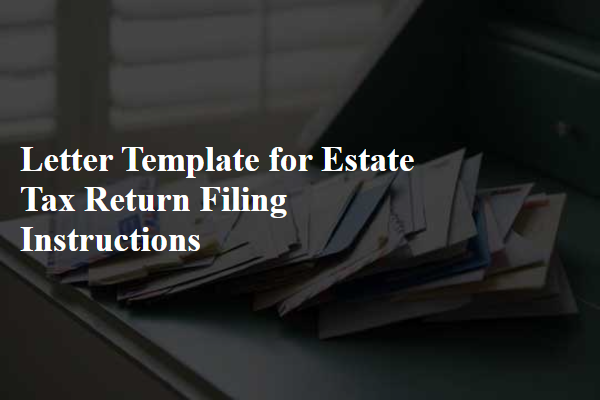
Taxpayer Information
Individuals preparing for estate tax return filing (Form 706, United States Estate (and Generation-Skipping Transfer) Tax Return) must gather essential taxpayer information to ensure accuracy and compliance. Information such as the decedent's full name, Social Security Number, and date of birth are crucial, along with the date of death, which determines the tax landscape. The decedent's address at the time of death can influence jurisdictional tax issues. Executors or administrators representing the estate need to provide their contact information, including full name, address, and taxpayer identification number. Additionally, details about the estate's valuation date and the total gross estate value must be precise, as they are pivotal for calculating tax liability. Familiarity with relevant tax codes and regulations (such as IRS guidelines effective for 2023) assists in navigating complexities related to deductions, credits, and estate inclusions. Accurate documentation of assets, liabilities, and property appraisals is essential to comply with federal estate tax obligations.
Estate Overview
The estate overview acts as a comprehensive summary of the assets, liabilities, and beneficiaries associated with an estate, typically following the passing of an individual. This section highlights significant elements such as total assets (valued at over $11.7 million for individuals in the United States as per the 2021 threshold), including real estate, stocks, bonds, and personal property. Additionally, it outlines liabilities, which may consist of mortgages, loans, and outstanding taxes, presenting a clearer picture of the estate's net value. Beneficiaries, individuals or entities entitled to receive portions of the estate, are listed with relevant details, including their relationships to the deceased and the specific assets allocated to them. Jurisdiction-specific regulations, including state and federal estate tax implications, must also be examined to ensure compliance and accurate filing.
Filing Requirements
Filing estate tax returns involves various requirements dictated by the Internal Revenue Service (IRS), specifically IRS Form 706 for federal estate tax returns. Estates with a gross value exceeding $12.92 million, as of 2023, must file this return within nine months of the decedent's date of death, aiming to calculate the estate tax owed. Additionally, certain states, like California and New York, may impose their own estate tax regulations, necessitating state-specific forms and calculations. Detailed records must accompany the return, including appraisals for real estate properties, documentation of life insurance policies, and reports on any outstanding debts of the estate. Executors must ensure accurate valuation of assets, adhere to filing deadlines, and potentially seek professional assistance to navigate complex legal requirements. Penalties may apply for late filings or underreporting of estate value, emphasizing the importance of thorough preparation and adherence to IRS guidelines.
Payment Instructions
To file an estate tax return, Executors must submit Form 706, the United States Estate (and Generation-Skipping Transfer) Tax Return, to the Internal Revenue Service (IRS) within nine months after the date of death. The estate tax applies to the value of the deceased person's gross estate, with taxable amounts exceeding $12.92 million (for decedents dying in 2023) liable for a progressive tax rate that can reach up to 40%. Executors must ensure they calculate the tax liability accurately, considering deductions for debts, expenses, and funeral costs. Payment must be made in full when filing Form 706 or through an installment agreement if necessary, with penalties for late payments accruing at 0.5% of the unpaid tax per month. Tax payments can be made electronically through the IRS website or by mailing a check or money order to the appropriate address based on the state of residence of the deceased.
Deadlines and Penalties
Estate tax returns, particularly Form 706 for federal estates, are crucial for proper compliance with the Internal Revenue Service (IRS) regulations. The filing deadline for these returns is typically nine months after the date of death, which can significantly impact the financial planning of heirs and beneficiaries. Failure to file on time can incur penalties, such as a failure-to-file penalty of 5% of the total tax due for each month that the return is late, up to a maximum of 25%. Additionally, interest accrues on any unpaid tax from the due date until payment is made. It is essential for executors and administrators to understand these implications and adhere to the specific deadlines to avoid costly consequences and ensure efficient estate distribution.

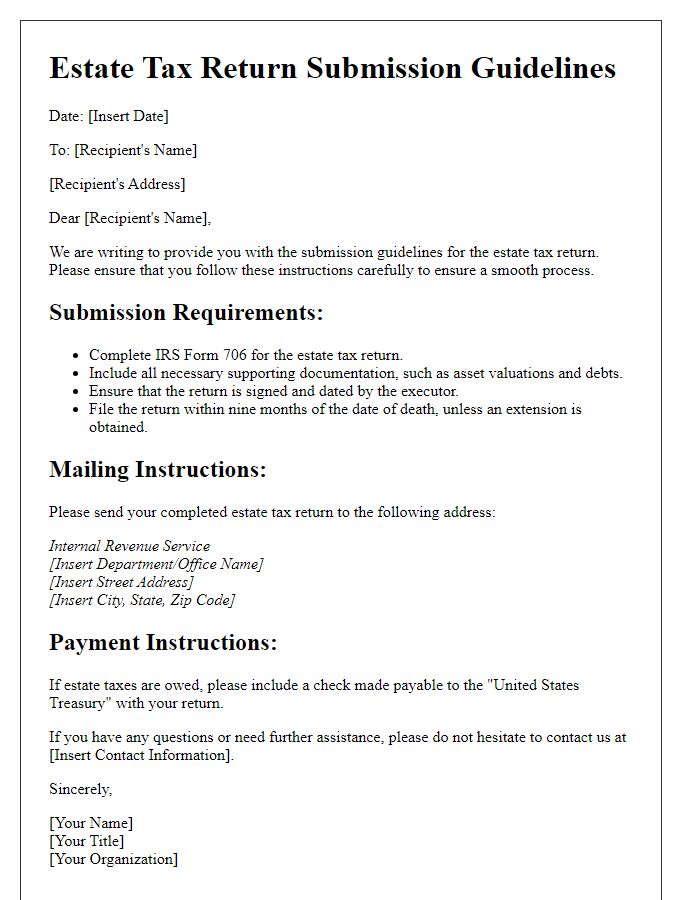

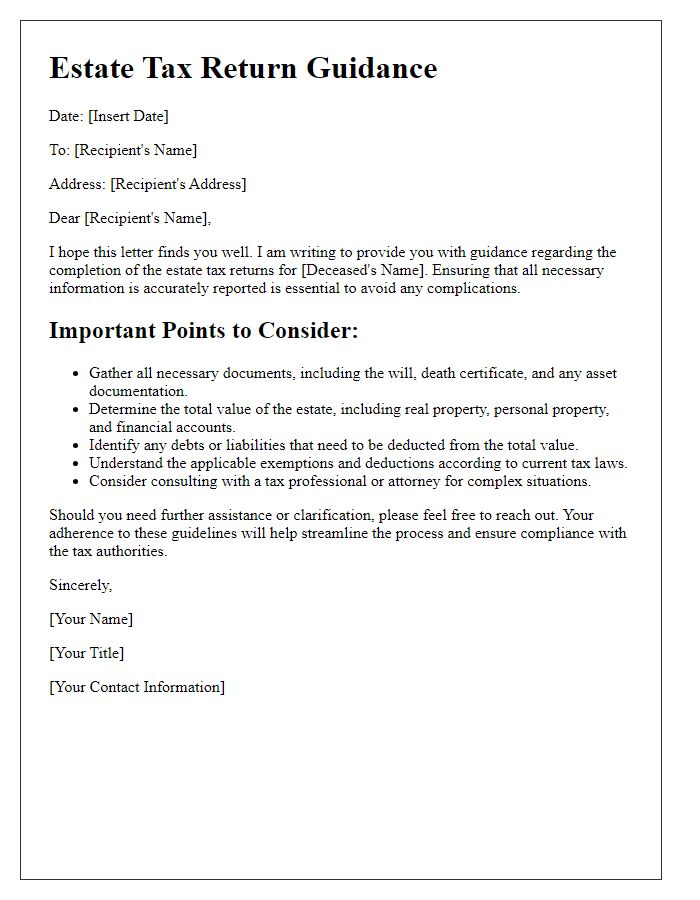

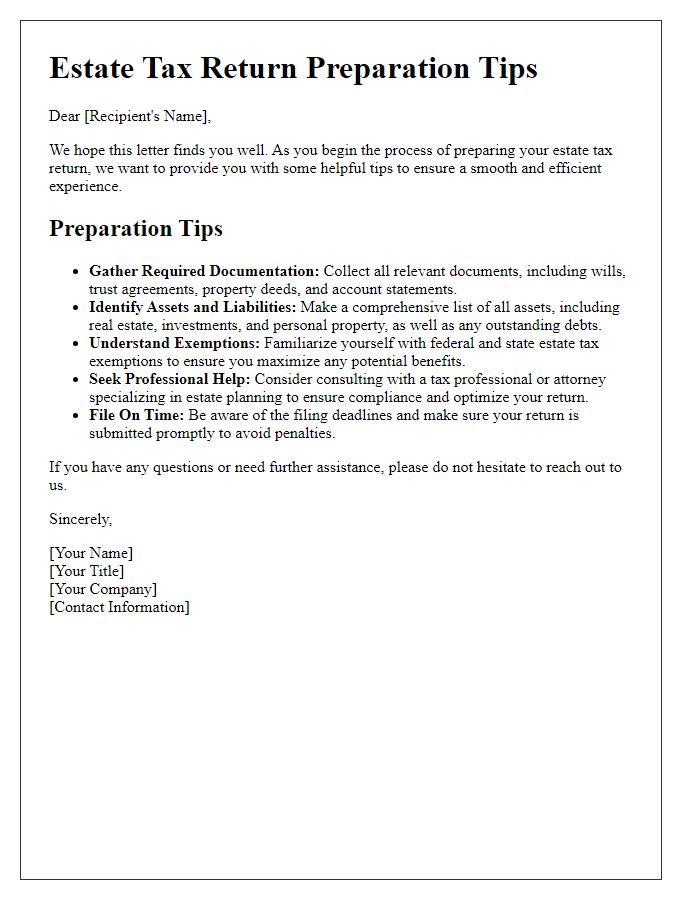
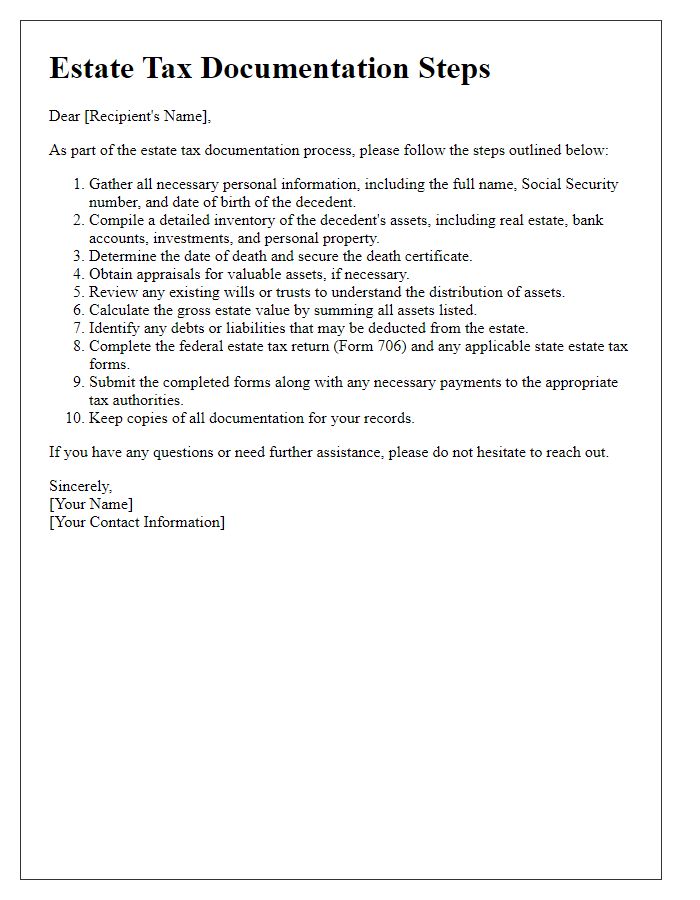
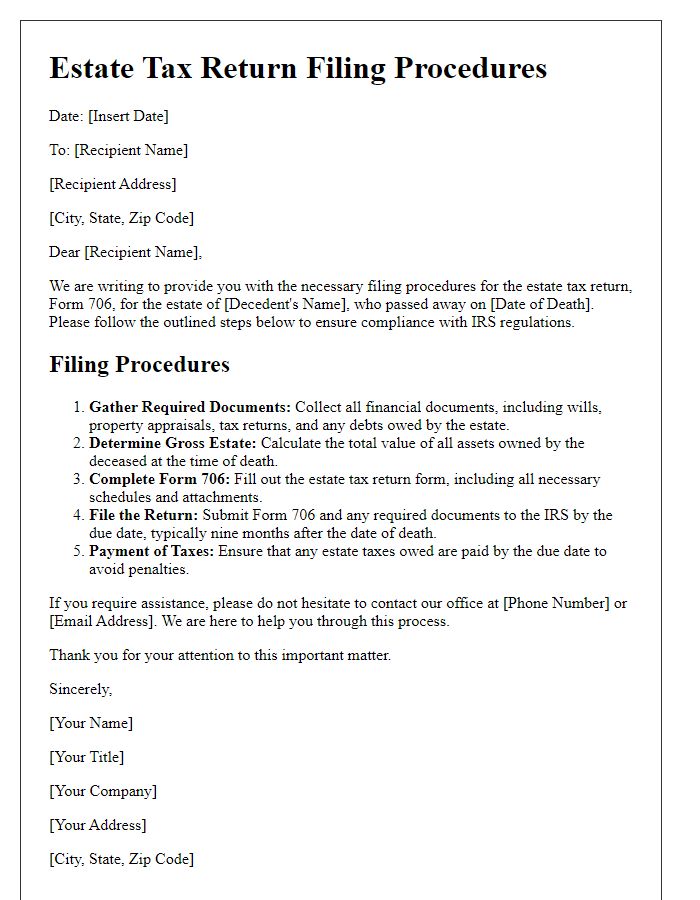
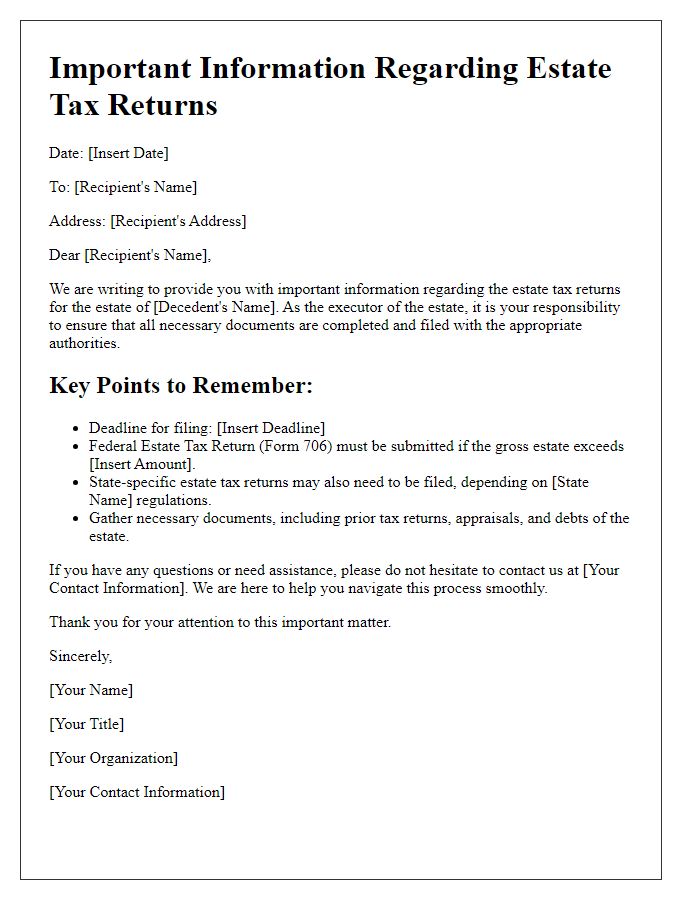
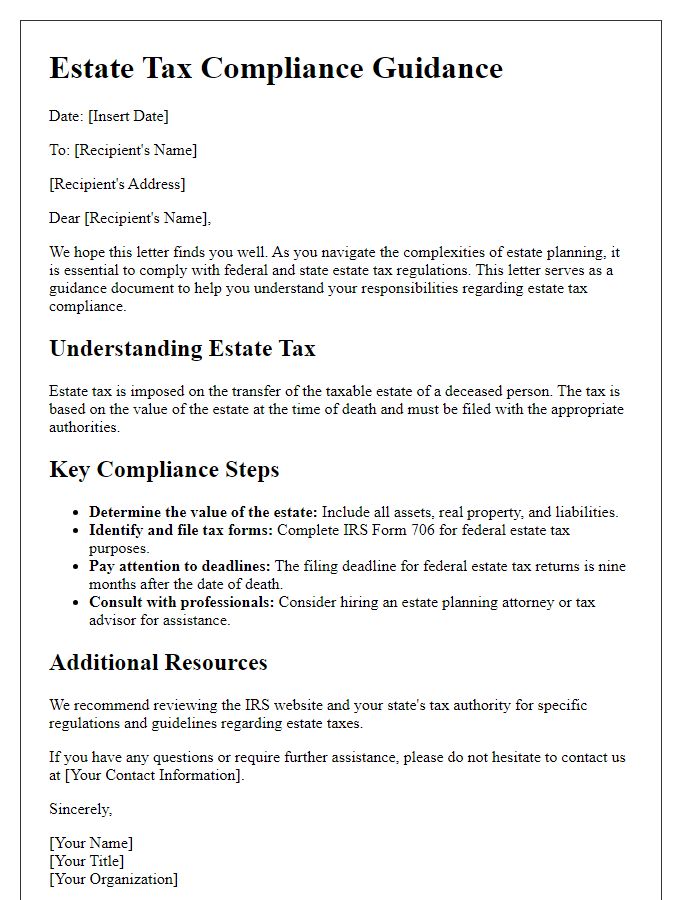
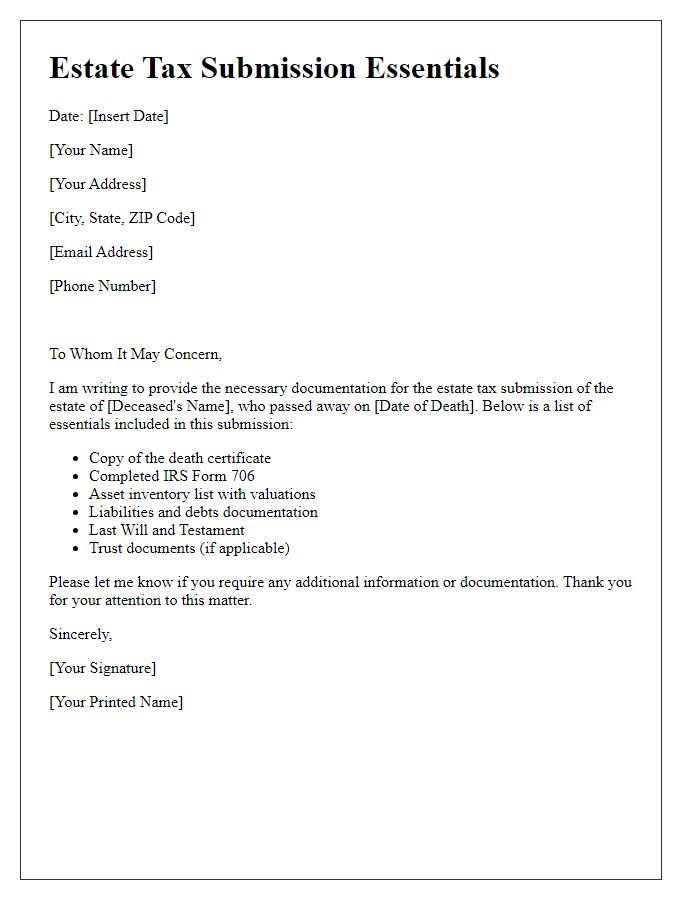

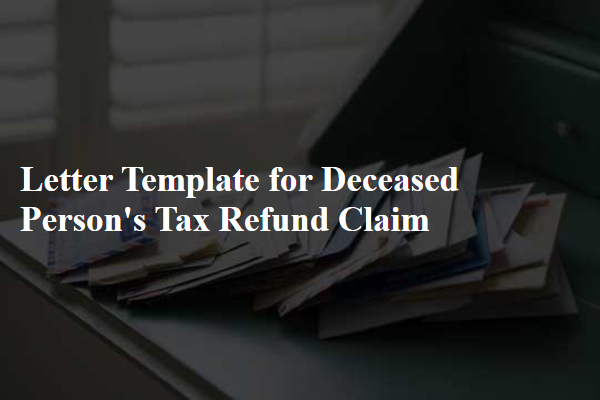
Comments